Effect of Fin Orientation and Forced Convection on the Performance of Metal Foam Fins using a μ-CT Scan Based 3D CFD Model
DOI: 10.23977/metf.2017.11001 | Downloads: 45 | Views: 7755
Author(s)
Khaled S. Al-Athel 1, Moayed Al-Harbi 1
Affiliation(s)
1 Mechanical Engineering Department, King Fahd University of Petroleum & Minerals, Dhahran,Saudi Arabia 31261
Corresponding Author
Khaled S. Al-AthelABSTRACT
Metal foams are very attractive materials for thermal and electronic packaging applications due to their improved heat transfer capabilities. Their improved heat transfer effective properties are due to the relatively large contact area they possess because of their cell structure. This comes at the expense of the pressure drop. This work presents a methodology based on μ-CT scan to develop a realistic metal foam 3D model. The model is validated with experiments and used to study the behavior of the metal foam as a fin in terms of the temperature variation within the fin as well as the effect of the airflow velocity and fin orientation to the pressure drop. Results showed two major observations. First, this methodology could be used to identify a velocity value at which the fin orientation becomes obsolete and has no effect on the temperature variation. Second, the pressure drop alone could not be used to assess the fin, but also the fin orientation has to be taken into account to examine the total pressure drop.
KEYWORDS
Metal Foam, Fin, micro-CT scan, CFD, Convective Heat Transfer.CITE THIS PAPER
Khaled S. Al-Athel, Moayed Al-Harbi. (2017) Effect of Fin Orientation and Forced Convection on the Performance of Metal Foam Fins using a μ-CT Scan Based 3D CFD Model. Matallic foams (2017) Vol.1, Num. 1: 1-14.
REFERENCES
[1] A. Kopanidis, A. Theodorakakos, E. Gavaises, and D. Bouris, "3D numerical simulation of flow and conjugate heat transfer through a pore scale model of high porosity open cell metal foam," International Journal of Heat and Mass Transfer, vol. 53, pp. 2539-2550, May 2010.
[2] P. Ranut, E. Nobile, and L. Mancini, "High resolution microtomography-based CFD simulation of flow and heat transfer in aluminum metal foams," Applied Thermal Engineering, vol. 69, pp. 230-240, Aug 2014.
[3] A. M. Bayomy and M. Z. Saghir, "Heat transfer characteristics of aluminum metal foam subjected to a pulsating/steady water flow: Experimental and numerical approach," International Journal of Heat and Mass Transfer, vol. 97, pp. 318-336, Jun 2016.
[4] K. S. Al-Athel, "A computational methodology for assessing the thermal behavior of metal foam heat sinks," Applied Thermal Engineering, vol. 111, pp. 884-893, Jan 25 2017.
[5] M. Odabaee and K. Hooman, "Metal foam heat exchangers for heat transfer augmentation from a tube bank," Applied Thermal Engineering, vol. 36, pp. 456-463, Apr 2012.
[6] A. M. Bayomy, M. Z. Saghir, and T. Yousefi, "Electronic cooling using water flow in aluminum metal foam heat sink: Experimental and numerical approach," International Journal of Thermal Sciences, vol. 109, pp. 182-200, Nov 2016.
[7] W. P. Peng, M. Xu, X. F. Li, X. L. Huai, Z. G. Liu, and H. S. Wang, "CFD study on thermal transport in open-cell metal foams with and without a washcoat: Effective thermal conductivity and gas-solid interfacial heat transfer," Chemical Engineering Science, vol. 161, pp. 92-108, Apr 6 2017.
[8] A. Della Torre, G. Montenegro, G. R. Tabor, and M. L. Wears, "CFD characterization of flow regimes inside open cell foam substrates," International Journal of Heat and Fluid Flow, vol. 50, pp. 72-82, Dec 2014.
[9] P. Ranut, E. Nobile, and L. Mancini, "High resolution X-ray microtomography-based CFD simulation for the characterization of flow permeability and effective thermal conductivity of aluminum metal foams," Experimental Thermal and Fluid Science, vol. 67, pp. 30-36, Oct 2015.
[10] K. S. Al-Athel, S. P. Aly, A. F. M. Arif, and J. Mostaghimi, "3D modeling and analysis of the thermo-mechanical behavior of metal foam heat sinks," International Journal of Thermal Sciences, vol. 116, pp. 119-213, 2017.
[11]GoodFellow. Available: http://www.goodfellow.com/
[12] J. N. J. Deans , W. Dempster, C. K. Lee, "The Use of Effectiveness Concepts to Calculate the Thermal Resistance of Parallel Plate Heat Sinks," Heat Transfer Engineering, vol. 27, pp. 56-67, 2006.
[13] S. P. Aly, A. F. M. Arif, K. S. Al-Athel, J. Mostaghimi, and S. M. Zubair, "Performance of open pore metal foam heat sinks fabricated with thermally sprayed interface," Applied Thermal Engineering, vol. 105, pp. 411-424, Jul 25 2016.
| Downloads: | 402 |
|---|---|
| Visits: | 51112 |
Sponsors, Associates, and Links
-
Forging and Forming

-
Composites and Nano Engineering
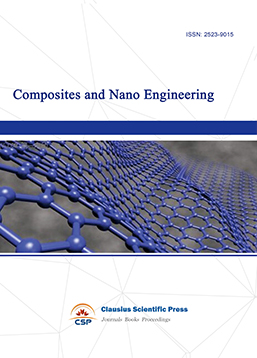
-
Journal of Materials, Processing and Design
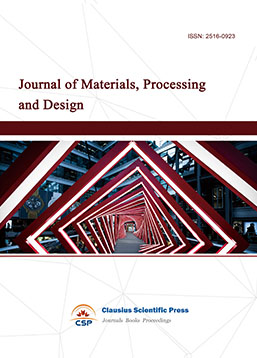
-
Smart Structures, Materials and Systems

-
Chemistry and Physics of Polymers
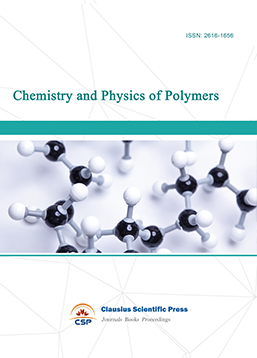
-
Analytical Chemistry: A Journal
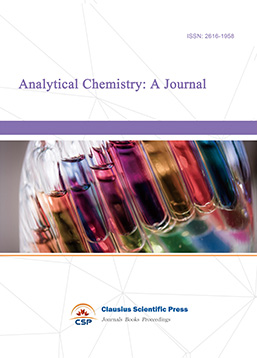
-
Modern Physical Chemistry Research
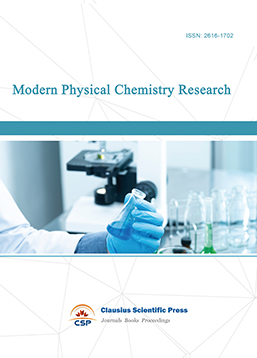
-
Inorganic Chemistry: A Journal

-
Organic Chemistry: A Journal
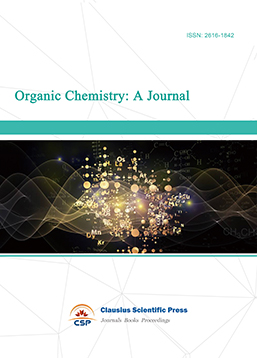
-
Progress in Materials Chemistry and Physics

-
Transactions on Industrial Catalysis
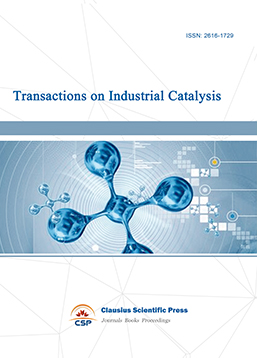
-
Fuels and Combustion

-
Casting, Welding and Solidification
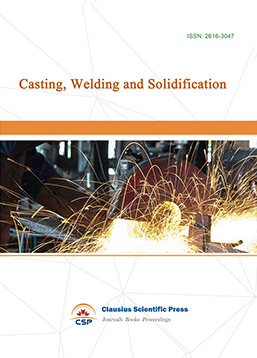
-
Journal of Membrane Technology
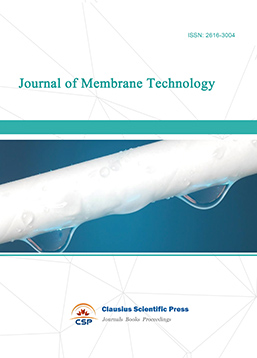
-
Journal of Heat Treatment and Surface Engineering
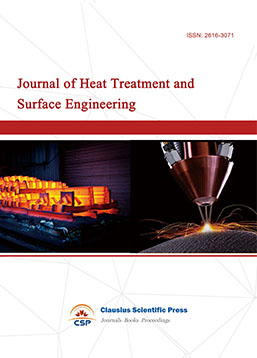
-
Trends in Biochemical Engineering

-
Ceramic and Glass Technology

-
Transactions on Metals and Alloys
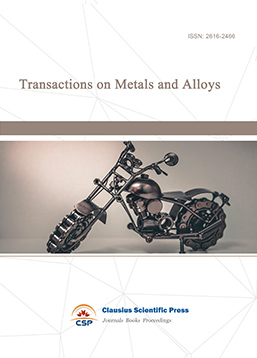
-
High Performance Structures and Materials
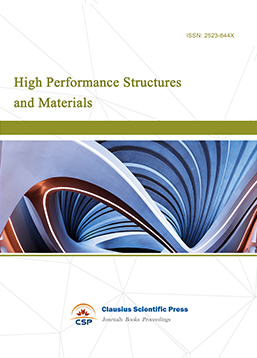
-
Rheology Letters

-
Plasticity Frontiers

-
Corrosion and Wear of Materials

-
Fluids, Heat and Mass Transfer

-
International Journal of Geochemistry
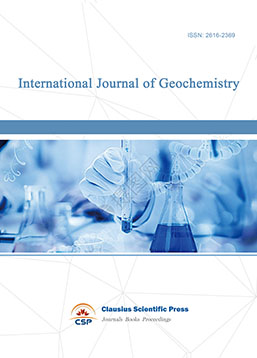
-
Diamond and Carbon Materials
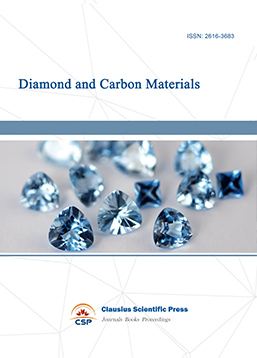
-
Advances in Magnetism and Magnetic Materials
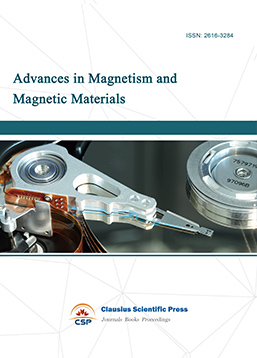
-
Advances in Fuel Cell

-
Journal of Biomaterials and Biomechanics
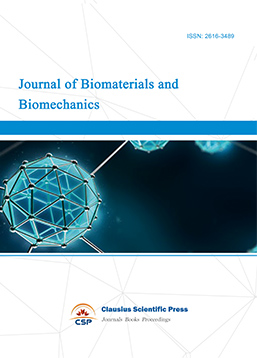

 Download as PDF
Download as PDF